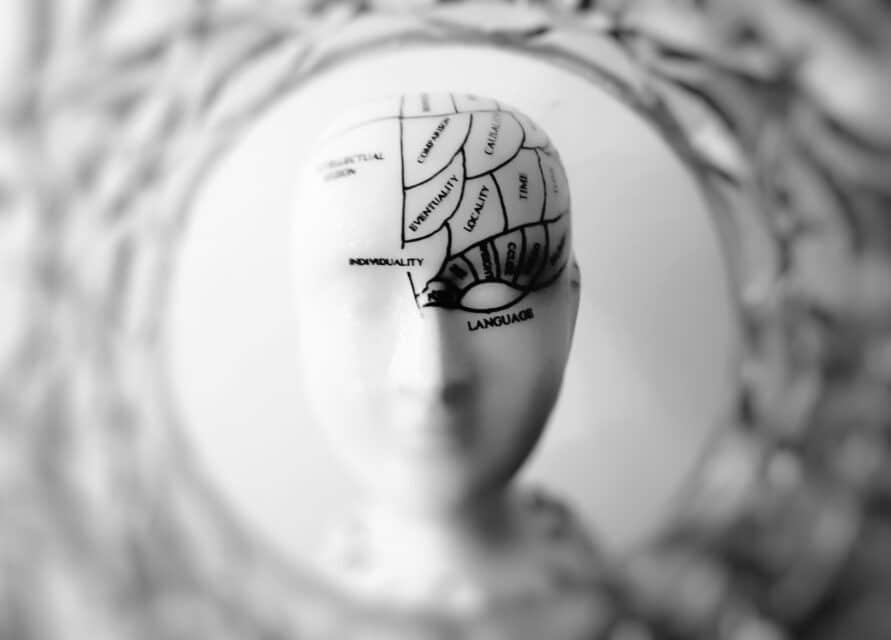
Movements in Brain Training
Brain training is alive and bustling as more and more people are waking up to the fact that the brain needs constant challenge to stay healthy and get stronger. CogniFit Movements uses specifically designed physical exercise that will stimulate your brain in a whole new way. Let’s look.
Physical exercise for Brain health
“Mens sana in corpore sano” is the Latin for a healthy mind in a healthy body. Indeed; coordination, balance, weight shifting, eye-tracking and other physical functions are all controlled by the brain but manifested in the body. All these functions depend on healthy neural pathways gained with practice… the very same functions that wither away with disuse. “Use it or…” Well, if you are brain training, movements will make it all better.
I’m not in shape. I don’t think I’m up for physical exercise
The exercises are intended to be low-intensity, as we are directly stimulating neural connections, not body-building. They will make you stronger, however. The videos are short, so the sessions are easy to include in your day.
OK, but how does it work?
At the back of your head, you have your cerebellum. This essential brain part is primarily in charge of motor control, balance, coordination, eye movement and a whole slew of functions connected to speech production, memory, focus and more. It’s important. All of our exercises are aimed at the direct stimulus of the cerebellum. All of our brain training exercises use natural movements that are directly applicable to everyday health.

Why do I need this?
You are the fruit of your habits. The state of your body, your posture, your walk and your capacity to think, are all fruits of habit. Of course, calamities can and do befall us. The problem is when we become the authors of our own calamities. Here is a gentleman I met recently, and to whom I recommended CogniFit Movements. Of course, I changed his name.
Jacob, a man in his forties, has a few problems that could have been avoided:
- Turtle head – His head protrudes forward. So many hours spent looking at his mobile device have brought this about.
- Hunched over shoulders – Of course he has hunched over shoulders. He works an eight hour day on a computer.
- Shallow breathing – He never fills his lungs. Lost the habit of deep breathing years ago.
- Can’t get out of a chair without using his hands. – A bad habit that started when he was easily strong enough to get up without having to use his hands
- Can’t sit cross legged or kneel… and wouldn’t be able to get up if he did.
- Tends to pull muscles
- Jacob is very worried indeed about the coming years. Down the road, there might be falls that injure him, and physical control is vital.

All of these things were (inadvertently) learned by your brain. Now, teach your brain to do something else.
Jacob’s other concern…
Age-related cognitive decline is nothing to dismiss lightly. To anyone who takes this as seriously as you should, you would do well to give your brain stimulation – the right kind, every day. If you are using a decent brain-training app (I can think of a good one), reading on a regular basis, you meditate, pray or sit in nature, have a social life, eat well AND do some nice physical exercise… well, your brain is going to “notice” and respond.
Jacob took to most of it easily, but resisted doing any exercise saying that he’s not an “exercise kind of person”. I did manage to get him to commit to ten minutes of low-intensity exercise per day, so I guess we’ll see how he comes along. Brain training WITH movements is the way to go.
Let’s Do It
Subscribe to the YouTube channel. Practice with Brendan as often as you can. Feel free to write comments and to share. This is a new beginning for a lot of people. I’ll say it again – Mens sana in corpore sano. Let’s make it real.














